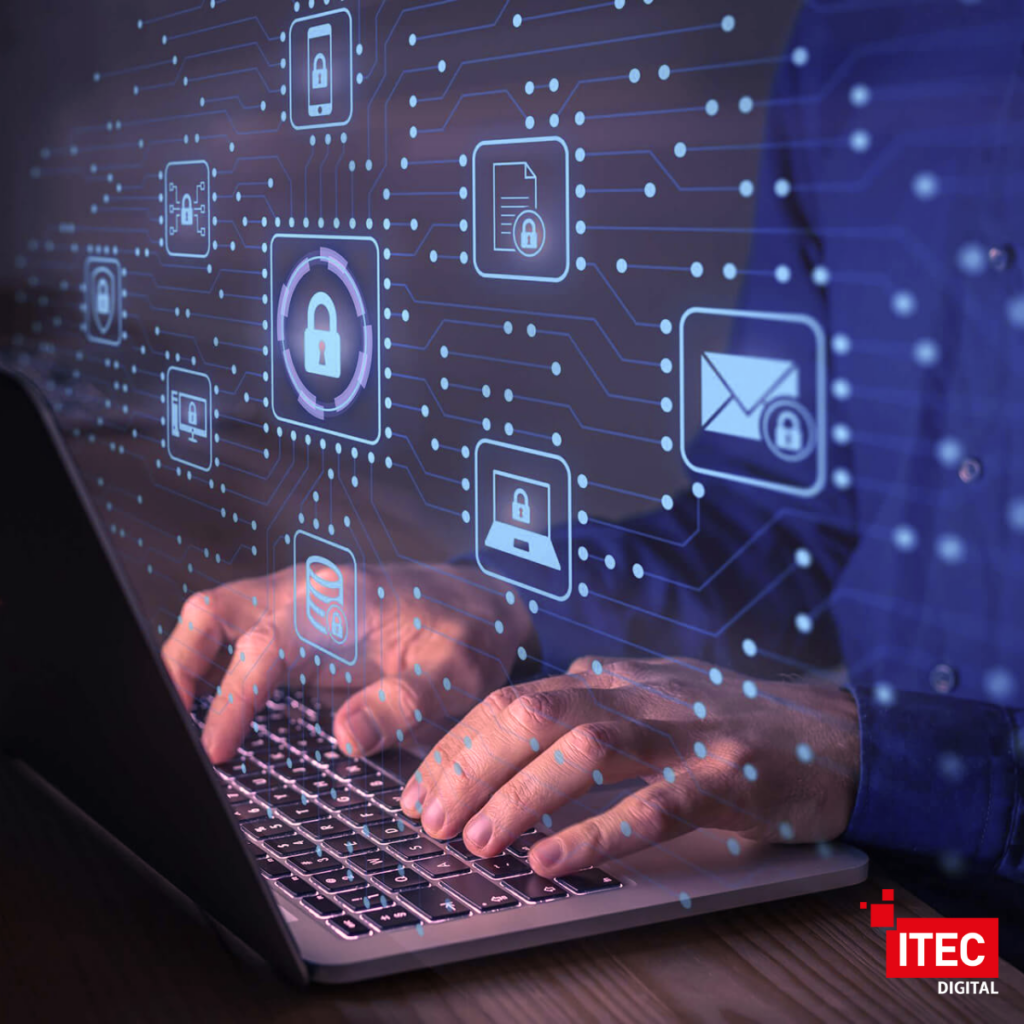As cybersecurity continues to evolve, one concept is gaining significant traction: Zero Trust.
This innovative approach, guided by the principle of ‘never trust, always verify,’ is a game-changer in the battle against modern cyber threats.

Understanding Zero Trust
Zero Trust security models, in stark contrast to conventional methods such as simple networking and segmentation, take a proactive and holistic view. Recognising that threats can emerge from within and outside the network, Zero Trust empowers you with stringent identity verification for all users and devices. Think of it as a bouncer at a club, checking everyone’s ID before they can enter, regardless of whether they’re a regular or a first-time visitor.
Why Zero Trust Matters
Growing Cyber Threats: As cyber-attacks become more frequent and sophisticated, outdated security systems are no longer sufficient. Zero Trust acts like a vigilant guard, constantly verifying trust throughout each access attempt, ensuring only the right people get in.
Remote Work and BYOD: With the rise of remote work and BYOD (Bring Your Own Device) policies, conventional network borders are becoming less distinct. Zero Trust, with its inherent adaptability, provides safe access from any device, reassuring you of its effectiveness in this new reality.
Compliance and Data Protection: Regulatory frameworks around data protection are tightening. Zero Trust helps organisations meet these standards by imposing strict access restrictions and ensuring sensitive data is only available to people with confirmed identities and permissions.
Putting Zero Trust into Practice
After looking into Zero Trust, I’ve put together my suggestions on how you can implement it in your home, team or organisation. So, here it goes:
Strong Identity and Access Management (IAM): Ensure only authorised users can access resources.
Micro-Segmentation: Divide the network into smaller pieces to lessen the effects of breaches and manage data flow inside the network.
Constant Monitoring and Analytics: Monitor network traffic and user behaviour for irregularities, using cutting-edge monitoring techniques to identify and address risks instantly.
Multi-Factor Authentication (MFA): MFA adds a layer of protection by ensuring users provide several verification forms before obtaining access.
Closing Thoughts
Zero Trust is not merely an idea but an essential advancement in cybersecurity. I believe adopting a Zero Trust framework guarantees that organisations can safeguard their vital assets, uphold compliance, and adapt to the constantly evolving digital landscape as cyber threats become more complex. Investing in Zero Trust is like investing in a safer future.
Dan Carlson, Technical Coach
